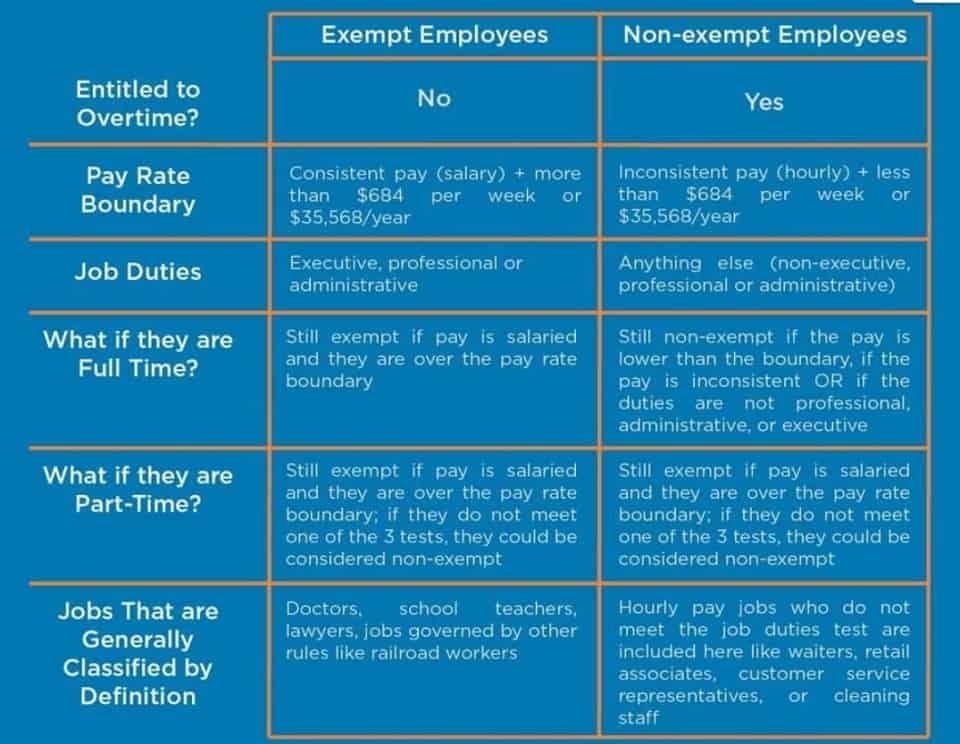This tool also promotes transparency in budgeting process, as managers re-evaluate the budget regularly, taking into account actual costs and identifying areas of overspending. To summarize, variance analysis, by scrutinizing and interpreting variations in the anticipated and actual resource usage, plays a vital role in a business organization’s sustainability strides. It facilitates efficient resource allocation, comprehends market fluctuations, ensures energy efficiency, and improves decision-making, all of which are crucial to upholding sustainable practices. Through variance analysis, organizations can identify discrepancies between budgeted and actual expenses to uphold economic sustainability. In a sustainable setting, variance analysis can indicate if an organization is spending too much on certain sustainability initiatives or not sufficiently funding necessary ones. In conclusion, applying variance analysis to CSR initiatives can provide valuable insights that can help keep these initiatives within budget and allow for effective evaluation of their financial implications.
This data is evaluated to detect patterns and trends that can be utilized to anticipate future cash flows. Based on this historical analysis and regression analysis of complex cash flow categories such as A/R and A/P, AI selects an algorithm that can provide an accurate cash forecast. However, the overage is only $2,0000 in a budget that might measure in the millions.
Let’s take a look at an example for variance in budgeting
Depending on your goals, you can analyze any of the following variances to optimize your operational performance. In this article, we’ll explore the different types of variances and how analyzing them can help you take control of your budget. Over 1.8 million professionals use CFI to learn accounting, financial analysis, modeling and more.
- Variance analysis is a method employed by managers to understand the reasons behind the differences in actual and predicted performance.
- Outdoor paid less per hour for direct labor than budgeted ($21.50 vs. $25), which generates a favorable variance.
- This information can be used to refine forecasting techniques and improve future forecasts.
- It allows enterprises to compare their forecasted cash flow with their actual cash flow, and to determine the underlying causes of variances, such as changes in market conditions, customer behavior, or operational issues.
- The factory overhead cost budget is prepared a bit differently, listing a dollar amount for each cost.
- Management may overestimate the material price, labor rate, material quantity, or labor hours per unit, for example.
With AI at its core, cash flow forecasting software can learn from industry-wide seasonal fluctuations to improve forecasting accuracy. AI-powered cash forecasting software that enables variance analysis can also create snapshots of different forecasts and variances to compare them for detailed, category-level analysis. By offering such comprehensive visibility, it helps you respond quickly to changes in cash flow, take corrective action as needed, and manage your enterprise’s liquidity better.
Benefits of leveraging AI in variance analysis
Variance analysis also proves valuable in performance evaluation and future planning. By identifying areas where performance is lagging behind expectations, management gets insights into where improvements are necessary. Employees why would you perform a variance analysis on a companys income statement? can be incentivized to meet targets, possibly improving overall performance. Depending on the findings, reforms can be made to rectify issues, such as providing additional staff training or streamlining production methods.
- Thus, it’s critical to have systems in place to provide this reporting efficiently.
- Variance analysis also aids in making informed decisions about future strategies for sustainability.
- Perhaps one of the most valuable aspects of variance analysis is its contribution to identifying areas where actual performance deviates from budgeted expectations.
- By conducting a horizontal analysis, you can tell what’s been driving an organization’s financial performance over the years and spot trends and growth patterns, line item by line item.
- Variance analysis can be summarized as an analysis of the difference between planned and actual numbers.
- As we’ve discussed in the previous lessons, knowing how to read an income statement is a critical skill to have, no matter how big or small your ecommerce business is.
- This high-level review can help you quickly spot errors or identify trends so you can take action to keep the business on track.
Income statements are often shared as quarterly and annual reports, showing financial trends and comparisons over time. Leveraging both vertical and horizontal analysis can offer you a much more in-depth and accurate view of your business, which provides you all the information you need to make an educated decision. If your business has been running for several years, then combining horizontal as well as vertical analysis when you read your income statement is a great way to go about it. An unfavorable materials price variance occurred because the actual cost of materials was greater than the expected or standard cost. This could occur if a higher-quality material was purchased or the suppliers raised their prices. Keep in mind that a budget variance may change from one reporting period to the next.
Don’t Just Manage Spend, Control It
Ideally, budget vs. actual reports should be done monthly to improve budget accuracy and ensure your organization can quickly correct course. Hence, we can compare the actual expenditure incurred during a period with the standard expenditure that ‘should have been incurred’ for the level of actual production. Similarly, actual sales revenue can be compared with the standard revenue that ‘should have been earned’ for the level of actual sales during a period in order to determine the effect of variance in prices.
This process enables businesses to maintain financial stability while meeting their social responsibility objectives, creating a balanced approach to profit and purpose. Once both actual and standard performances are clearly defined, you can calculate the variances. This is essentially determining the differences between what was expected and what happened in reality.


